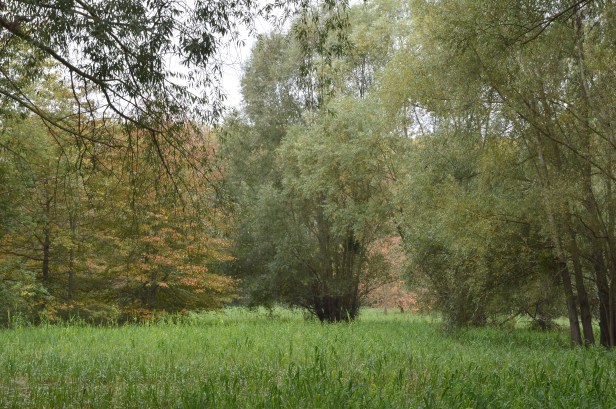--Originally published at TC3045 – Software Quality – Building Software
During this week we mostly worked on our methodology. We had some big issues in the working style, such as:
- Issues were extremely abstract and ambiguous. They weren’t measurable.
- The project is divided in areas, and each of us was assigned to one area. So, most of the work was isolated and not prone to integration issues (which are required in order to learn).
- Communication was bad, since we thought it wasn’t required.
We fixed them and ended up with the following characteristics:
- From 4 abstract issues we ended up with about 15 concrete issues, which can be measured and estimated.
- We integrated as a team and divided issues from multiple areas.
- We now use our classes to work more on non-isolated issues.
As for the actual work, I participated in the following:
- Fixing the build of the HTTP broker (some tests didn’t pass).
- Adding logging to the HTTP broker.
And I also started a course in Lynda about Kubernetes. I have some basic knowledge, but I require more (both for this project and for my work).

